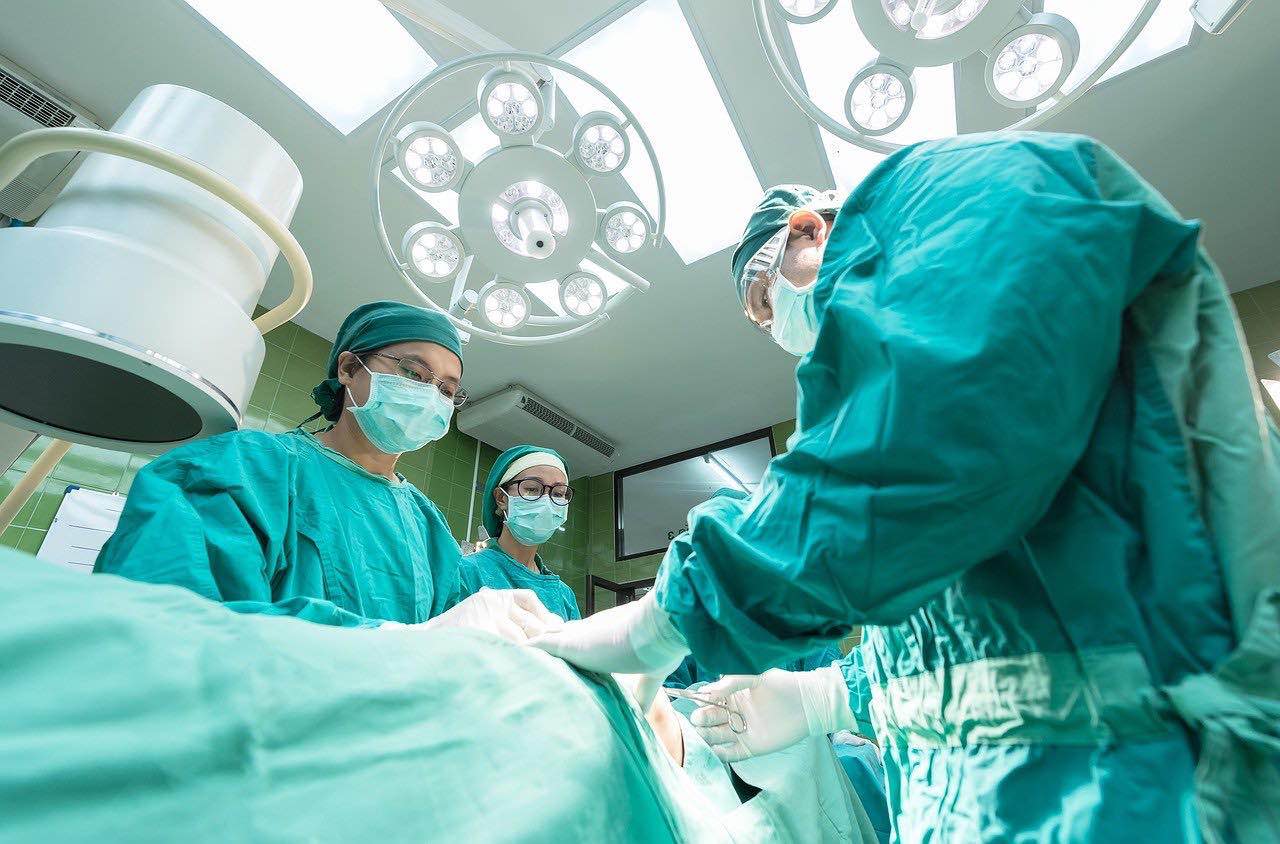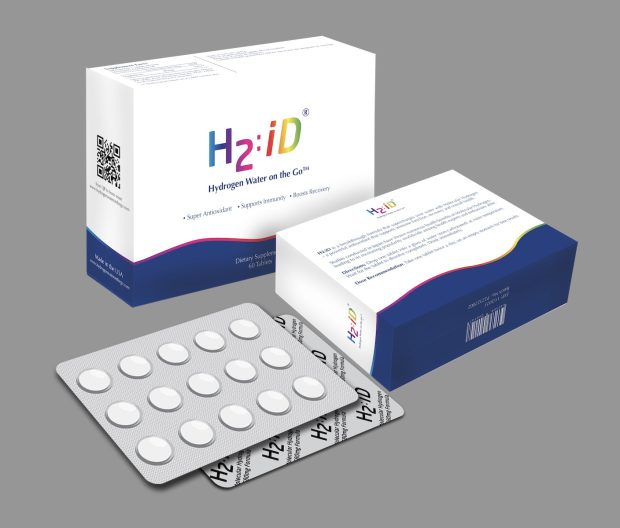What is cirrhosis? When nonliving scar tissue replaces the healthy parts of an individual’s liver, he’ll suffer from the condition called cirrhosis. As time passes, this scar tissue will stop the blood flow through his liver and affect his liver’s ability to process medication, hormones, and nutrients.
This condition is generally connected to other liver diseases and frequently evolve from chronic hepatitis, nonalcoholic fatty liver disease (NAFLD), alcohol-related liver disease (ARLD). When minimal steps are taken to treat cirrhosis, the patient may face liver failure as the organ will not be able to function efficiently. If you drink heavily, you may be in danger of cirrhosis. Hence, consider rehab for sustained treatment options.
When the liver faces inflammation or toxic substances like certain drugs and alcohol, fibrosis happens. In simpler terms, scarring to your liver occurs due to liver disease. The scarring occurs in four stages, with the final stage being cirrhosis.
Causes of Cirrhosis
There are multiple causes of cirrhosis, while most it might be difficult to make tangible changes to prevent cirrhosis, it is a good idea to be aware of what causes it to limit the possibility of being diagnosed with it. Some potential causes are:
- Chronic Hepatitis B, C, or D — Hepatitis C is the main cause of cirrhosis in the US, with a quarter of hepatitis C patients contracting cirrhosis. Hepatitis B and D may also contribute to cirrhosis, while it is more uncommon.
- Heavy Alcohol Consumption — One of the more commonly known causes of cirrhosis is excessive drinking. While the liver can work against alcohol, it does have its limits. Drinking too much can lead to inflammation and changes in the cells of the liver, eventually causing it to swell up.
- Nonalcoholic Steatohepatitis (NASH) — When there is an accumulation of fat in the liver, patients will suffer from nonalcoholic fatty liver disease (NAFLD), and in more drastic situations nonalcoholic steatohepatitis (NASH). In the case when a patient suffers from NASH, inflammation will occur in the liver.
- Bile Duct Disease — Cirrhosis occurs when the bile duct disease impact bile from moving to the small intestine, leading up to swelling in the liver.
- History of cirrhosis in the family
Signs and Symptoms of Cirrhosis
The scary thing about cirrhosis is that it can show no symptoms if it’s in the early stage. You can actually have the disease while having a normal functioning liver. Only once the organ decompensates, it stops functioning properly and symptoms start to appear. Most people discover the disease only through a CT scan to address another medical issue. Before that, they had no clue that they are suffering from cirrhosis.
Once the liver starts malfunctioning, symptoms start to appear. This generally includes:
- Fatigue
- Appetite loss
- Sudden weight gain or weight loss
- Itchy skin
- Change of urine color to orange or brown
- Light-colored feces
- Blood in your feces
- Fever
How Cirrhosis Is Diagnosed
In order to test for cirrhosis, there will be a preliminary test that includes a full medical exam and discussion of current symptoms, a review of the patient’s medical history and lifestyle as well as a blood test. The liver function test will measure some levels of certain proteins and enzymes in the blood test. When the levels are in abnormal ranges, this indicated a malfunctioning liver.
The best way to diagnose this disease is through a biopsy. This can help decide how much scarring has occurred. The biopsy is done by removing a small tissue from the liver to examine under a microscope. Other noninvasive methods include using a fibroscan device that works in a similar way to an ultrasound. Other ways include going for an MRI or a CTI scan to diagnose cirrhosis.
Potential Complications Relating To Cirrhosis
One of the main complications of cirrhosis is portal hypertension. Portal hypertension can provide patients with negative effects when the scar tissue builds up and blocks the blood flow through the liver. This contributes to abnormally high blood pressure in the vein that connects the intestine and the liver. As this occurs, ascites occur which is the accumulation of fluid in the abdomen. Some other complications that come from cirrhosis are as follows:
- Increase in likelihood of bruising
- Jaundice — yellow discoloration of the white parts of the eye and the skin.
- Swelling up in the legs
- Hepatic encephalopathy — accumulation of toxins in the brain which can lead to confusion and in worse cases, coma
- Heart failure
- Kidney failure
- Liver cancer – many patients of liver cancer simultaneously are diagnosed with cirrhosis
Cirrhosis Life Expectancy
Depending on how serious the cirrhosis is, life expectancy will be impacted. If the patient’s disease is diagnosed and treated in the early stage and its progression is put to a stop, cirrhosis has little impact on mortality. Yet, patients might find it difficult to tide through the disease if it reaches stage four of cirrhosis which is the final stage of scarring. According to the journal ESMO Open, there is only a 44 per cent chance that the patient with stage four of cirrhosis will last past the first year.
Treatment and Medication Options
The most obvious way to treat cirrhosis is to remove whatever is causing it. When your liver issues are caused by alcohol, you’ll have to, unfortunately, cut alcohol from your diet. If the cause of it is autoimmune hepatitis, you’ll need to treat your hepatitis first. The primary objective of your treatment should be to prevent your disease from aggravating and to prevent liver failure.
Living With Cirrhosis
When a patient suffers from cirrhosis, it is inevitable that he has to make some changes to his lifestyle to prevent further aggravation of his health. Patients with cirrhosis should avoid consumption of alcohol, exercise regularly, having a nutritious diet plan, and controlling the amount consumed, limiting the amount of salt consumed, and avoiding raw shellfish. Other things include practicing safe sex, using clean needles for any future piercings and tattoos, and avoid sharing any needles, toothbrushes, and razors. Nevertheless, always seek help from your doctor to better advise you on what immunization you should go for and what medicine you should adopt.








